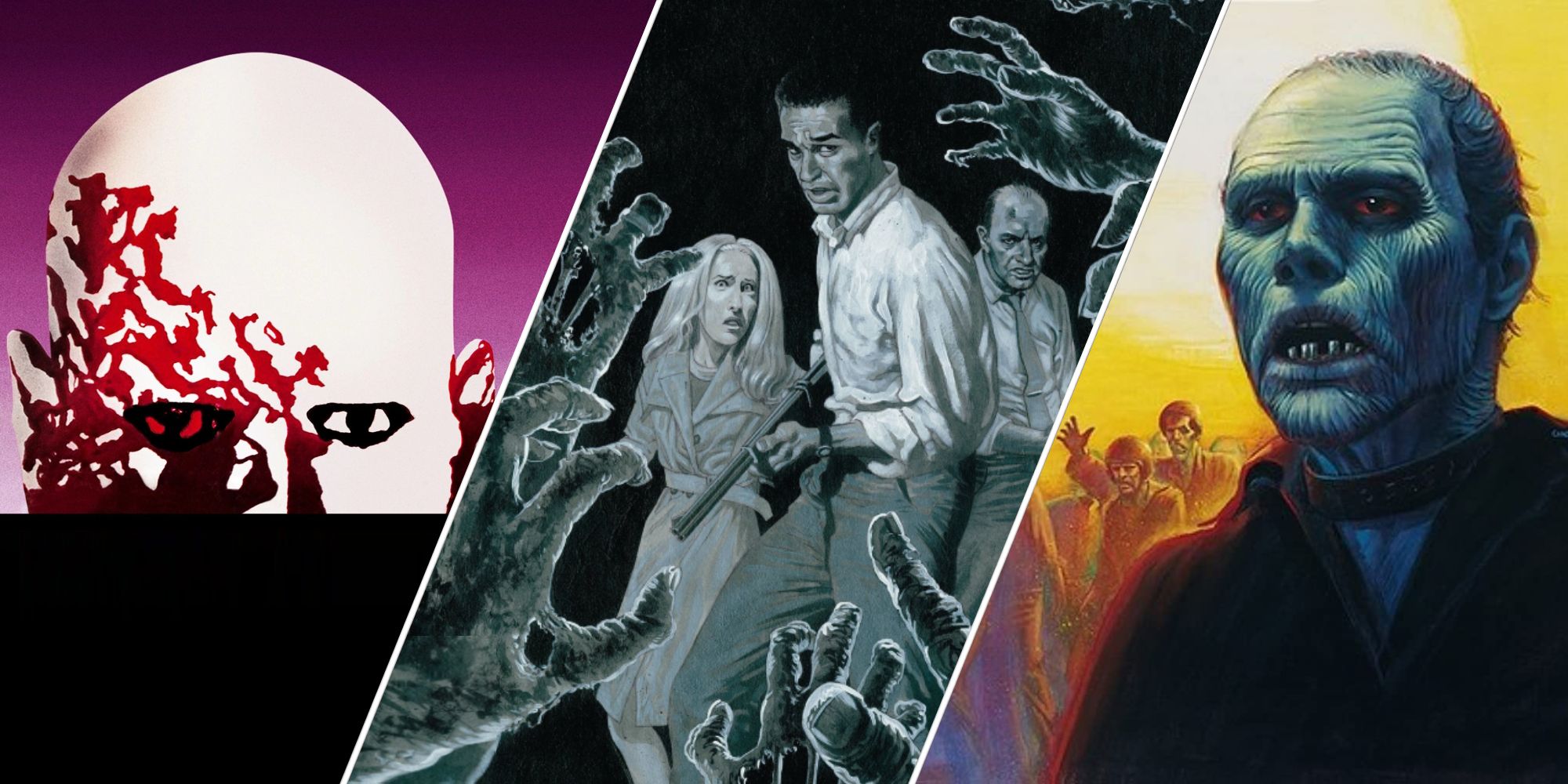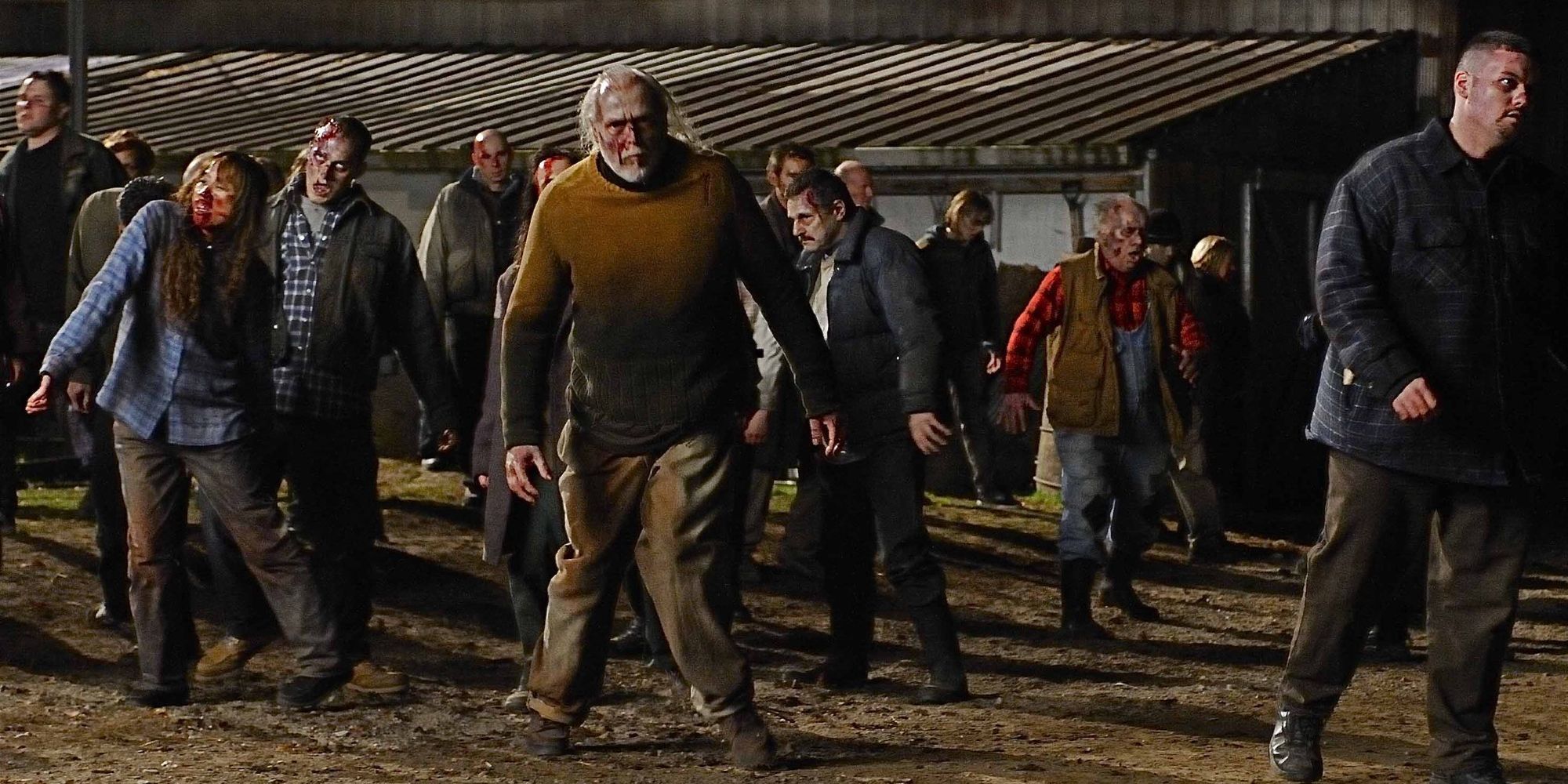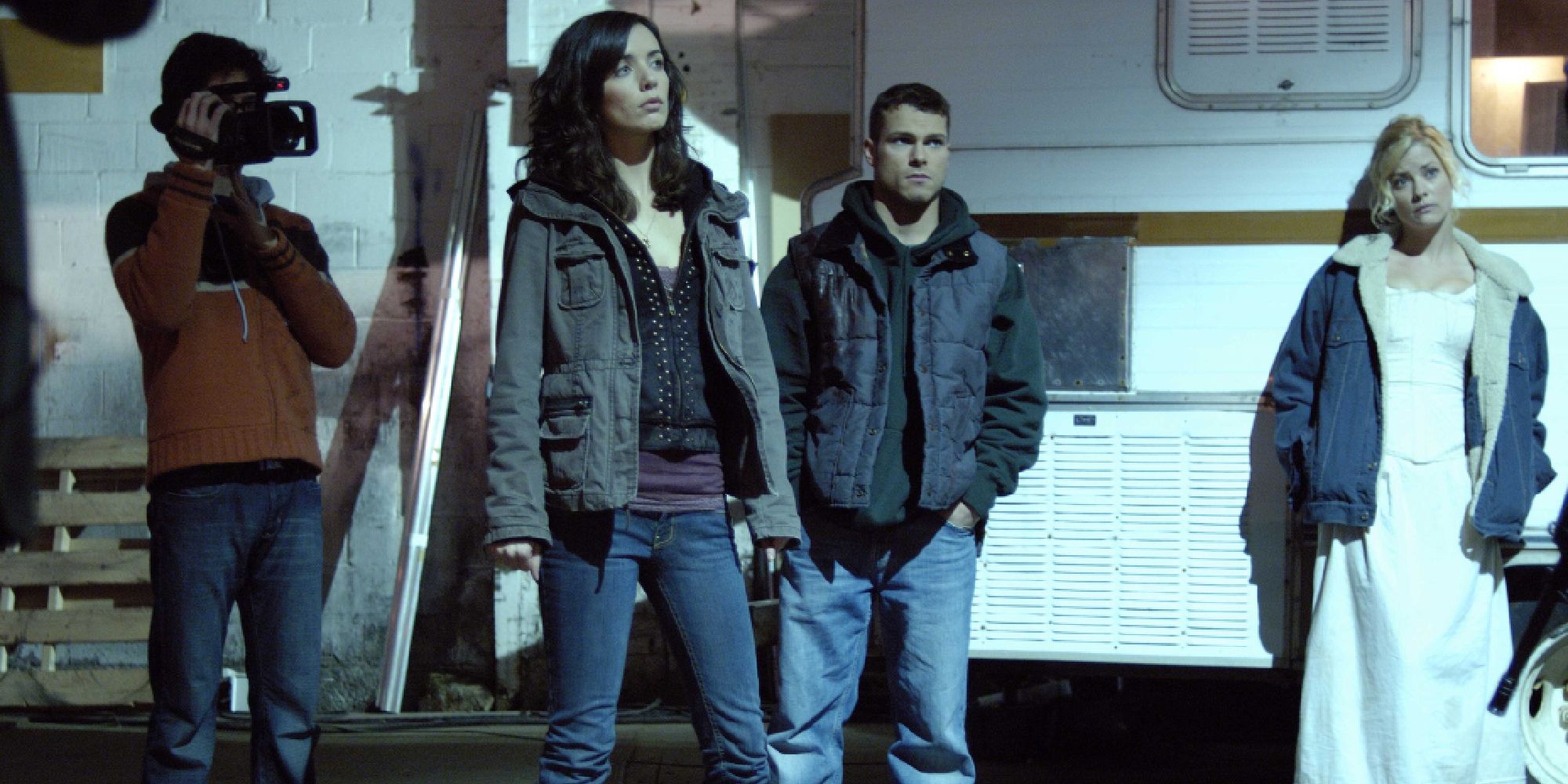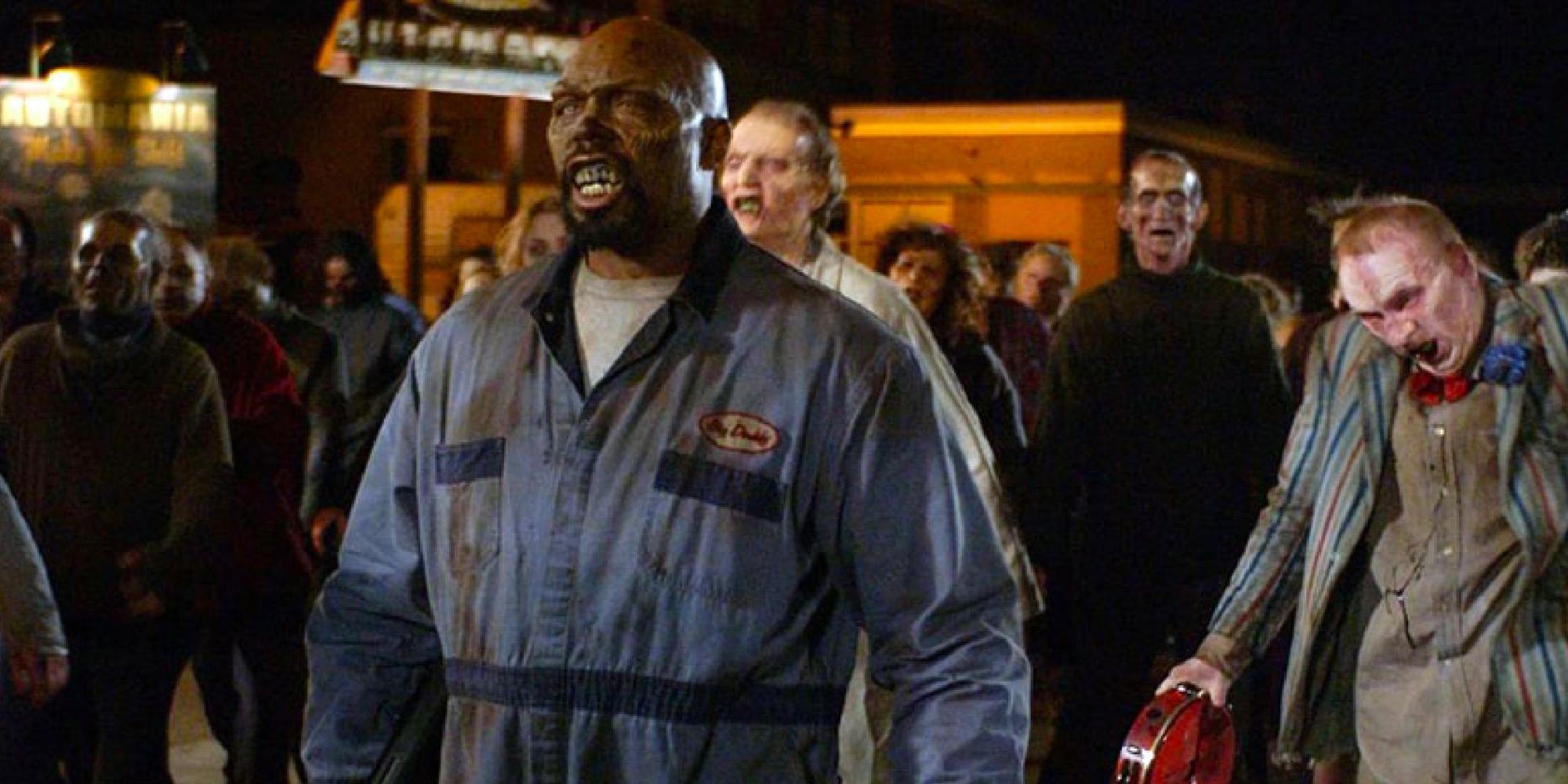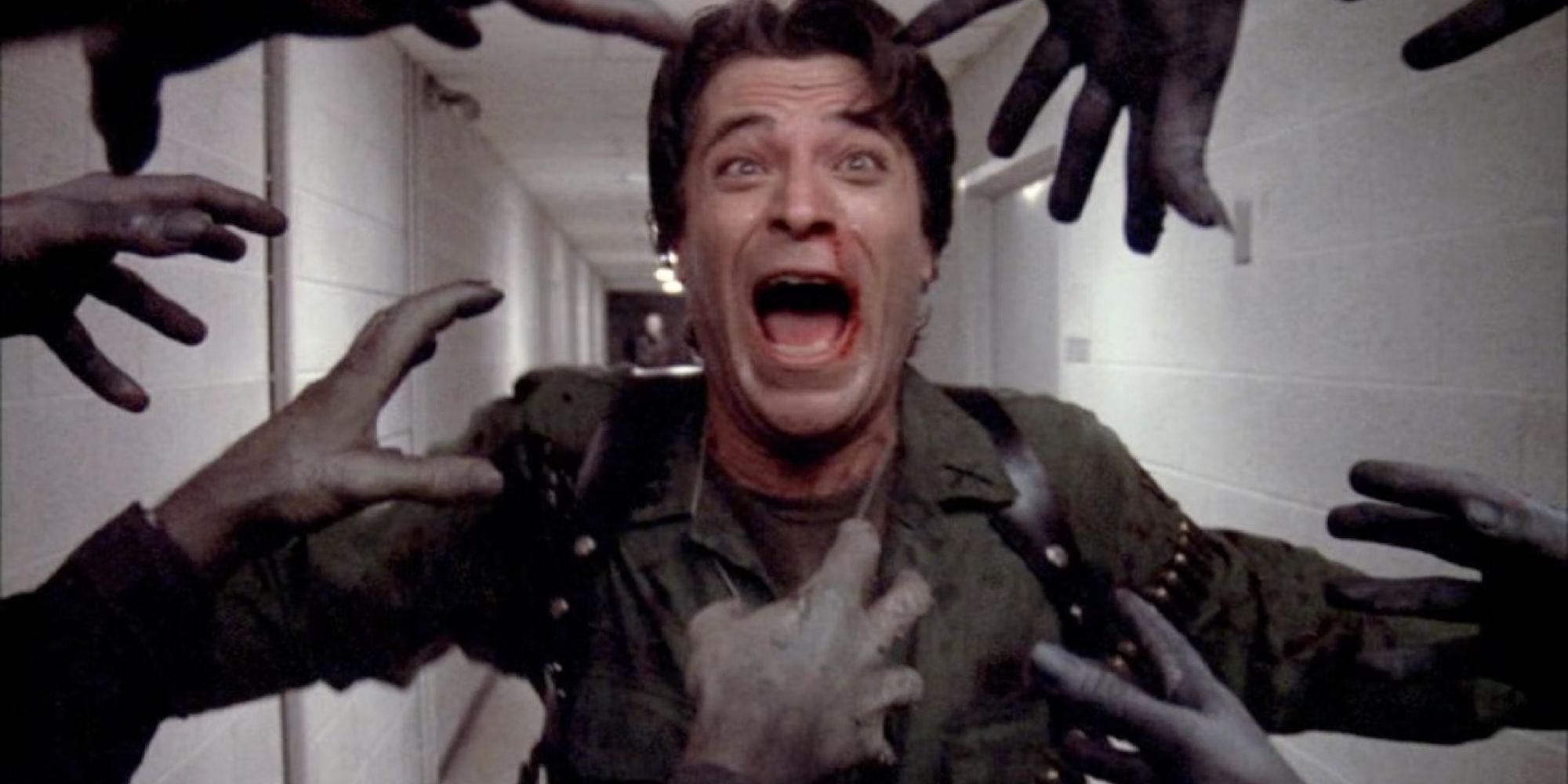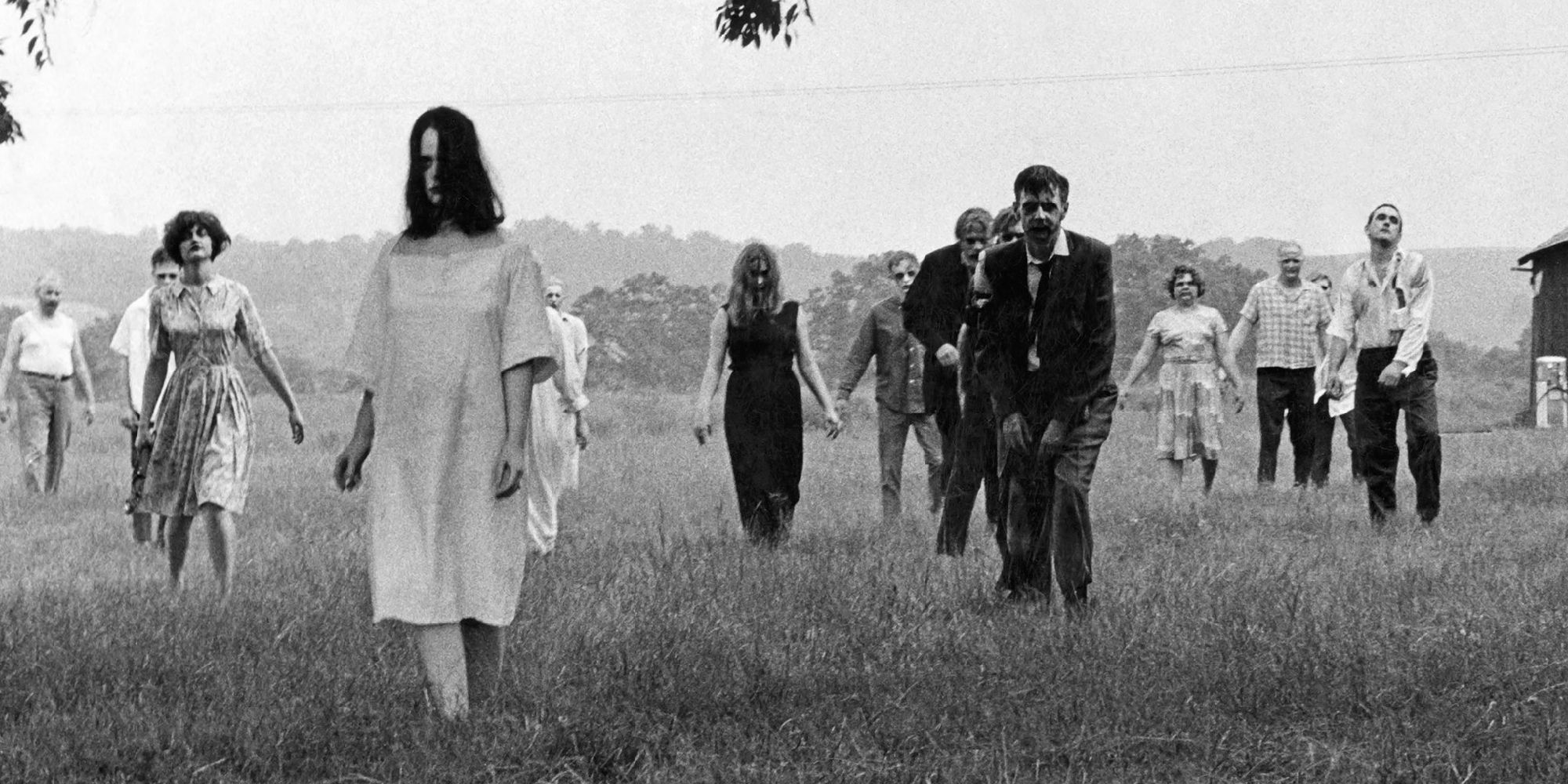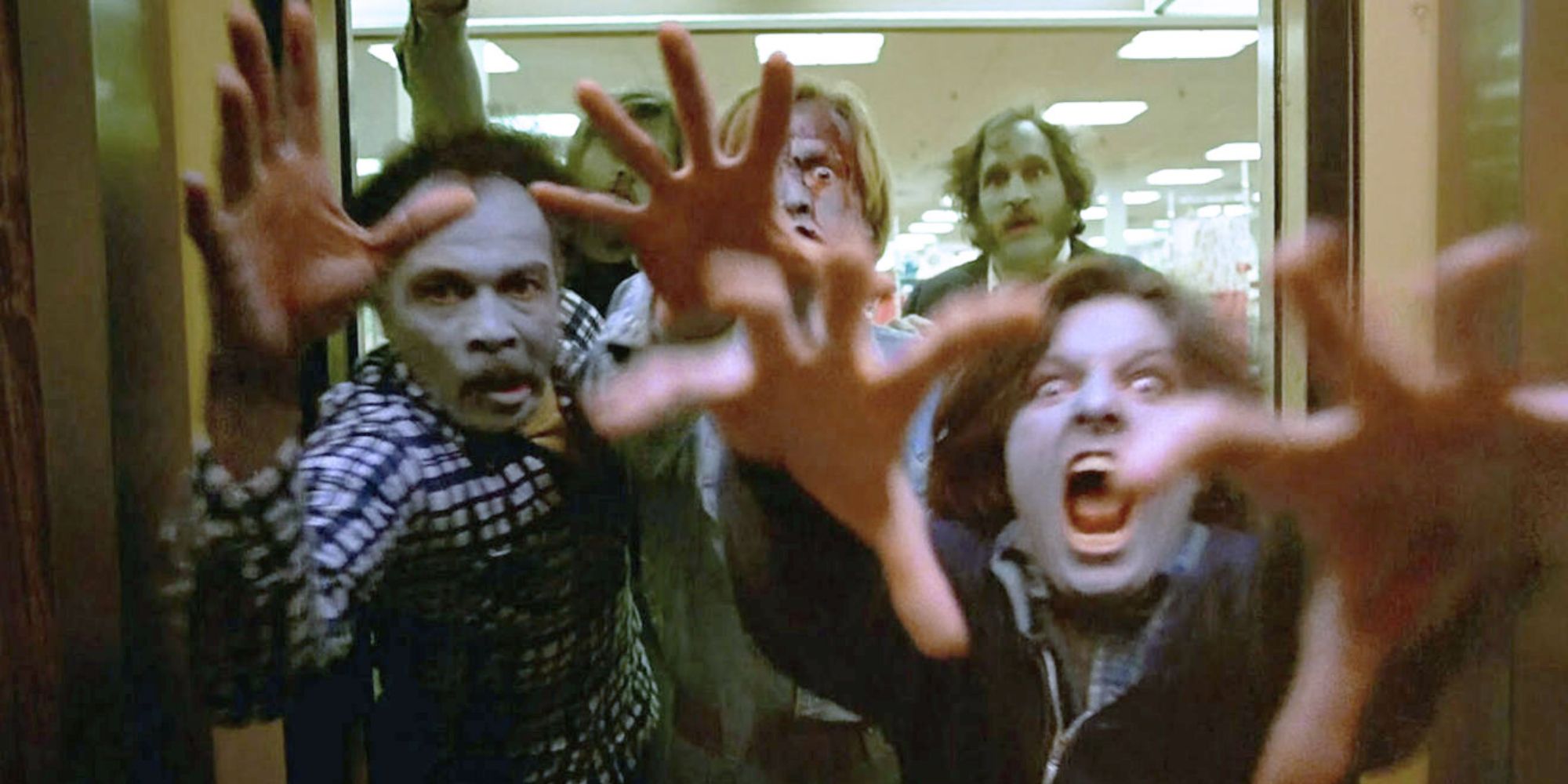While George A. Romero did not invent the word "zombie" with his classic Living Dead series, he all but defined the modern-day zombie we're all now familiar with. Before his first zombie film in 1968, the word was used in some horror movies to refer to people that were brainwashed to do a villainous character's billing. More often than not, some spell or voodoo magic would turn a person into a mindless, dangerous creature that would then attack or otherwise threaten the film's heroes.
With Romero's zombie films, the concept of a zombie was revitalized, and the creature became one that was undead and possessed to eat anyone who wasn't a zombie. Dead bodies would come back to life as zombies, and if a character was bitten by a zombie but escaped before being devoured, their time would be numbered. They'd eventually turn into an undead creature themselves. Of course, the influential George A. Romero made films beyond the zombie genre, but his Living Dead series is his best-known work. He made six films within this series and was planning to make more before illness and his passing unfortunately prevented him from doing so.
'Survival of the Dead' (2009)
Survival of the Dead was the final feature film George A. Romero directed before he passed away in 2017. It's the sixth and final entry in his acclaimed zombie series, released more than four decades after his first groundbreaking film. The film focuses on a tense feud between two families on a small island off the coast of the United States and how they seem to ignore the threats posed by the undead by continuing their family dispute, which inevitably leads to tragic and violent consequences.
Survival of the Dead has a decent premise, and the final 10-15 minutes provide for some good zombie carnage. The pessimistic message about how humanity is sometimes further divided by large-scale disasters when they should work together for survival is powerful and interesting, but the film isn't much fun to watch outside its opening scenes and climax. There's a good deal of dead air in the middle, which lacks zombie action and engaging characters. There are worse zombies out there, but when ranked among Romero's other efforts, it emerges as the least enjoyable of his Living Dead series.
'Diary of the Dead' (2007)
In Diary of the Dead, George A. Romero tries his hand at the found footage subgenre. The film employs a mockumentary style to mixed effect, being about a group of young people who get caught up in the zombie apocalypse while making a low-budget horror film of their own. From there, they decide to document their experiences with surviving the zombie outbreak, capturing the sorts of violence and chaos you'd expect.
It tackles and satirizes the idea of YouTube and other early social media sites desensitizing people to the horrors of the world in a way that feels ham-fisted, but given this was 2007, Diary of the Dead was one of the first big films to take such an approach. As such, it's easy to cut it some slack when it comes to its social commentary, which is arguably ahead of its time. Less compelling are the characters and the story they find themselves in. The presentation is also pretty standard stuff, using found footage tropes that were already very familiar by 2007. The lack of engaging characters and a poorly done voiceover hurt the film, but at least it's one with a few good ideas, and it's certainly got ambition.
'Land of the Dead' (2005)
Land of the Dead is the black sheep of Romero's Living Dead trilogy and its most underrated entry. This fourth film in the series was released a full 20 years after the third entry and stands more comfortably alongside 2007's Diary of the Dead and 2009's Survival of the Dead. However, it's significantly better than those two films, and while it's not quite as great as those original three films, quality-wise, it's closer to what came before it than what came after.
It seems to take place quite a while into the zombie apocalypse, to the point where the city of Pittsburgh has been redesigned as a safe haven from the undead hordes that otherwise dominate the country. The only problem is that wealth inequality has worsened since the dead rose from their graves, meaning it's only a safe haven for the rich, whereas those who aren't wealthy aren't always so fortunate. It looks at class division in the post-apocalypse and does so reasonably well, with some satisfying zombie action and an excellent villainous performance from the great Dennis Hopper, further boosting the film's quality.
'Day of the Dead' (1985)
The third film in Romero's series is the third best of the six. It seems to follow on from Dawn of the Dead, even though it has a new cast of characters, as the world seems even more degraded and despondent. The human survivors in Day of the Dead are forced to live in an underground bunker, where tensions naturally rise between a group of soldiers and scientists, with some civilians caught in the middle and the living dead on the outside, desperate to break in.
It's a dark and sometimes slow-paced film potentially alienating those who enjoy their zombie apocalypse with a little more humor. However, it works well for a darker spin on the zombie film, and viewers have come to appreciate those qualities more as the years have gone on. It stands out for having perhaps the best (and most intelligent) zombie of Romero's series up until that point in Bub and for its incredibly gruesome and still disgustingly convincing special effects.
'Night of the Living Dead' (1968)
The film that started it all, Night of the Living Dead, was the first and perhaps most important of Romero's zombie films. Without it, it's anyone's guess whether zombies would have ever become what they are today. It's largely because of this film's depiction of zombies that they developed into one of cinema's most popular movie monsters, and every zombie film, TV show, or video game released after 1968 probably owes something to Night of the Living Dead.
That being said, when watched today, it may seem a little low-key and mild by modern zombie film standards. The plot is simple and small-scale, with a group of survivors holding up in one isolated house for most of the runtime, and the violence—while gory by 1968 standards—pales in comparison to the sorts of gory zombie violence seen in its wake. But for starting what it started, and still holding up as a very good horror movie when viewed in its own right, Night of the Living Dead earns its spot among the best zombie films of all time and is one of Romero's finest hours as a filmmaker.
'Dawn of the Dead' (1978)
Dawn of the Dead is so great it's the rare horror movie that got a remake that was actually good (in 2004, a film which might also stand as Zack Snyder's best work). It's a great sequel that takes what worked in the first movie and ups the ante in every department. Instead of a group of survivors surviving the undead outbreak in a house, the four main characters hide out in a shopping mall, letting Romero run wild with creative ideas.
It's a wild and unpredictable movie with amazing pacing that ensures it's never dull throughout its two-hour-plus runtime. There's plenty of action, you come to care about the main characters, it mixes humor with drama well, and it's got plenty of social commentary that still holds up. It's perhaps the best zombie film of all time and, therefore, a no-brainer when picking Romero's best.

